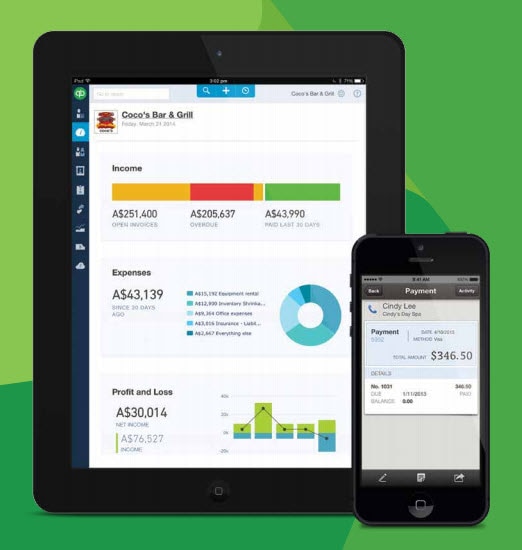As a small business owner, making a sale is only half the battle, owners must also take steps to ensure that the invoices they send out are paid in a timely fashion.
Payment terms define the period of time a buyer has to settle an outstanding balance as well as the acceptable methods of restitution. Additionally, the payment terms may include discounts that buyers can enjoy by settling the invoice in advance of the date given. As the owner of a small business, you not only have to choose and define payment terms for your clients, but you must also adhere to the terms provided by your vendors and suppliers.





